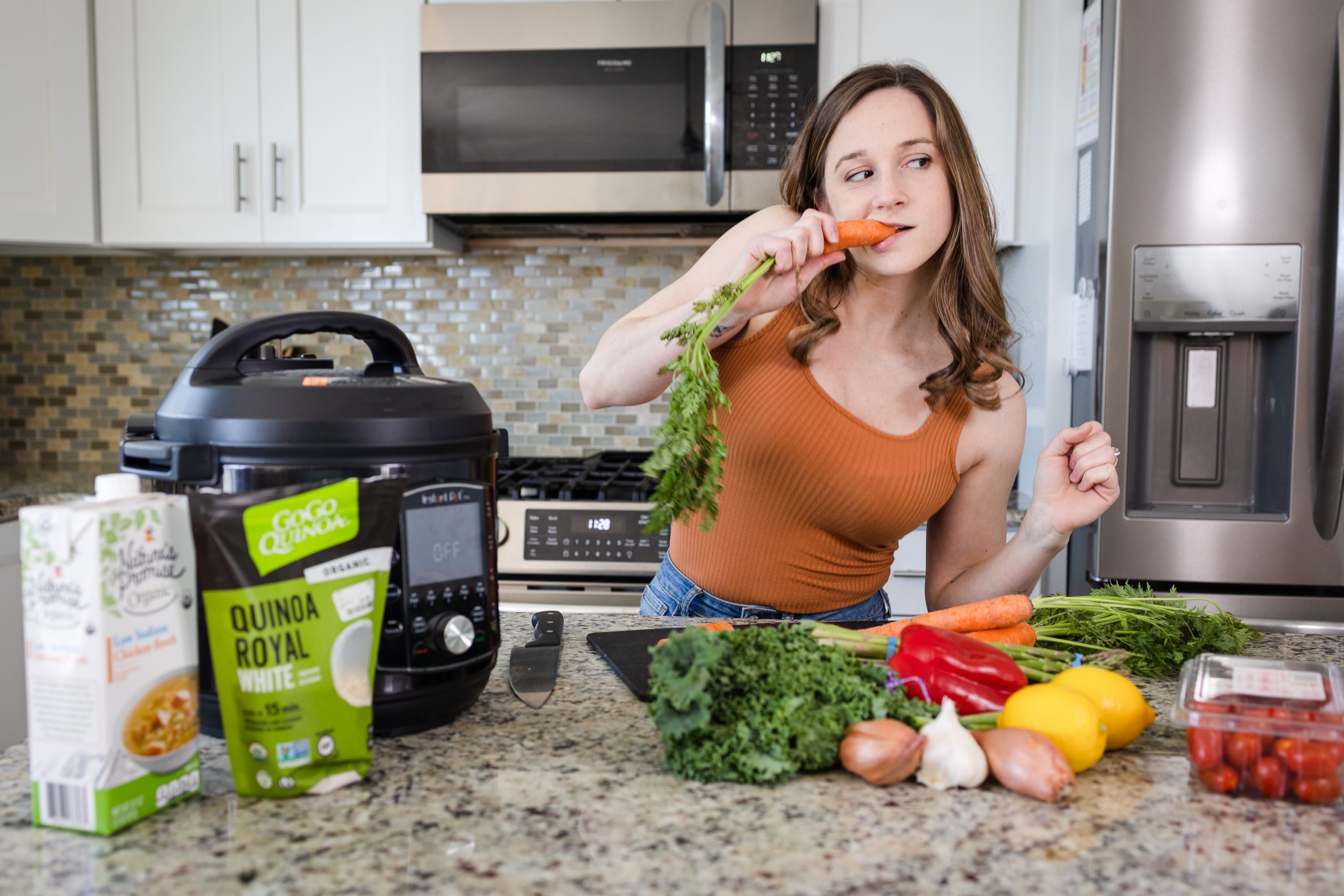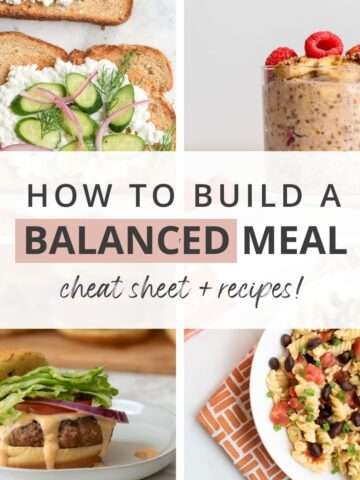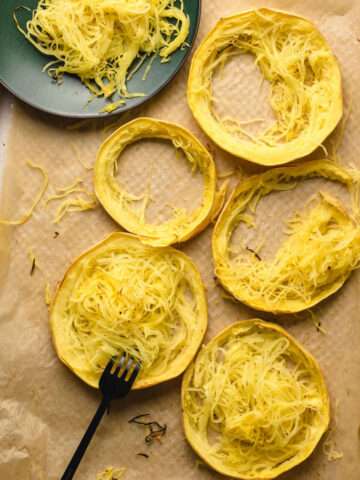We've all been guilty of throwing away rotten herbs, moldy berries, yellowing kale and mushy citrus fruits. But not anymore! I've rounded up the best tips and tricks to help make your produce last longer and maximize your food budget in the process.
6 Ways to make your produce last longer
1. Store carrots and celery in water
Carrots and celery can quickly go limp if stored open in the fridge. Unless you plan to use the carrots and celery quickly, you'll want to cut them into sticks, place in a glass jar filled with water, and store in the refrigerator. Now they can last up to 3 weeks!
2. Take Care of Leafy Greens
Keep those leafy greens fresh for up to two weeks with this simple trick - a paper towel. Store them in a gallon-size plastic bag or air-tight container and cover with a paper towel. This helps absorb moisture and keep those leafy greens fresh.
3. Invest in food huggers
Saving your leftovers, one half at a time. Food Huggers are the ultimate handy silicone savers and my latest obsession. Just press your leftover tomato, lemon, onion.. into the saver until it touches the silicone bottom, and voilà—you’ve got an airtight seal that’ll keep it fresh as can be!
You can also reduce food waste and single use plastic with their Avocado Huggers, Reusable Silicone Bags, and Container Lids!
3. Revive your scallions
Bring those scallions back to life with water and a little sunshine. As we don't need to store other types of onions in the fridge, it seems logical that it's not necessary for scallions either. Fill a mason jar with an inch or two of water, place scallions root side down, find a windowsill with a nice view and watch how fast they grow. Be sure to change the water and trim their roots with scissors every few days.
4. Keep Mushrooms Dry
Moisture is a mushroom’s worst nightmare. Mushrooms get super slimy and develop brown spots when left in the same plastic-wrapped package you bought them in. Keep that fungi dry by refrigerating them in a brown paper bag. And stay away from anything designed to keep moisture IN - that means no Tupperware or glass bins, and definitely no produce bins in your fridge.
5. Make Flavor Cubes
How many lemons have been wasted because you needed 1 tablespoon of juice and couldn't use the rest before it spoiled? Enter... FLAVOR CUBES. You can juice and zest fruits (like lemons, limes, and oranges), freeze in an ice cube tray, and voila... no food waste! Lemon ice cubes are a great thing to keep on hand, especially when you need a tablespoon or two of juice or want to infuse water. Just defrost a cube and you're all set.
Check out my latest Instagram reel to see how easy it is!
And it doesn't stop at citrus fruits! Freeze wine and simmer with pasta sauce for extra flavor. Puree kale cubes into your morning smoothie. Fill a tray with herbs, top each cube with 1 teaspoon olive oil, freeze and use to sauté veggies. Finally, the one cube I wish I discovered earlier... tomato paste! Now you have a go-to collection of tomato paste nuggets for future recipes and can stop buying a new can every week.
6. Keep tomatoes at room temperature
They'll do best at room temperature, away from sunlight—and you're better off not storing them in plastic. Anything other than fully ripe tomatoes really suffer after refrigeration so it's best to keep them on the countertop. Ripe tomatoes will survive 2-3 days at room temp before you consider refrigeration. Once they're in the fridge, tomatoes can last up to four days no problem.
Unripe tomatoes need to stay at room temperature, ideally in a single layer out of direct sunlight. Most importantly, for keeping them fresher longer, store them stem side down while they finish ripening.
How do you keep produce fresh? Let us know in the comments!






Did you try this? Let us know!